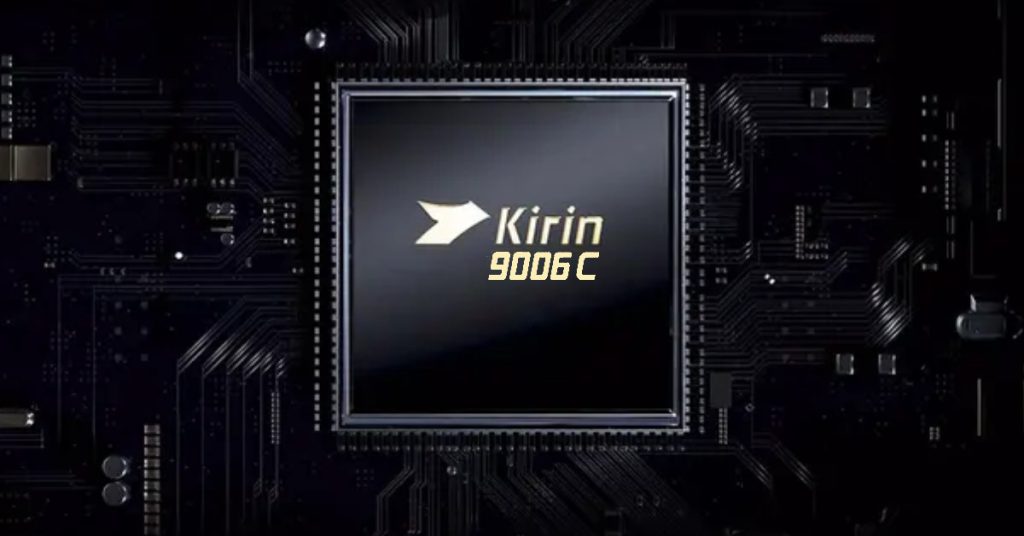Despite crippling US sanctions, Chinese tech giant Huawei has released a new 5nm chip, the Kirin 9006C SoC. This development comes just months after Huawei unveiled its 7nm Kirin 9000S chip, used in the latest Mate 60 series smartphones.

US sanctions have severely impacted China’s tech sector, particularly homegrown brands like Huawei, which were heavily dependent on American technology. These sanctions restrict access to crucial semiconductors and silicons from American giants like Qualcomm, impacting every China-based firm.
However, earlier this year, Huawei achieved a breakthrough with their 7nm ARM processor, the Kirin 9000S. The processor was manufactured by SMIC (Semiconductor Manufacturing International Corporation) and powers the Huawei Mate 60, which smashed sales records in China.

While the Kirin 9000S doesn’t quite match the latest offerings from Qualcomm or MediaTek, it’s a far more advanced design than anyone expected SMIC to produce with its current hardware capabilities.
Huawei’s new 5nm chip: Kirin 9006C
This wasn’t just a one-off feat. The Kirin 9000S marked the beginning of a series of chips designed to defy the sanctions. Now, Huawei is pushing the boundaries even further with the release of the Kirin 9006C SoC.

The new processor boasts eight ARM CPU cores (four A77 and four A55) with a maximum clock speed of 3.13GHz. While the specs may not seem groundbreaking, the real highlight is its 5nm process node technology, which is a milestone achieved by Huawei despite US sanctions. The Kirin 9006C is expected to be manufactured by SMIC, just like the Kirin 9000S.
Currently, the Kirin 9006C can only be found in Huawei’s Qingyun L540 laptop. However, its potential extends far beyond. Rumors suggest that Huawei will be incorporating this powerful new 5nm Kirin chip in their upcoming P70 smartphone series, expected to be announced early next year.
Related:
- Huawei P70 could be coming with a 1″ Sony IMX989 image sensor
- Huawei MatePad Pro 13.2 Set for Global Debut on December 12
- Xiaomi 13 Ultra Premium Camera Phone is now only $799
- Get $100 OFF on Xiaomi 14 Pro at Giztop (1TB Variant)
- Download the best GCam APK for Samsung Galaxy S23 Ultra
- Best Apple Watch Cases in 2023: Spigen, Otterbox, Casetify & More







